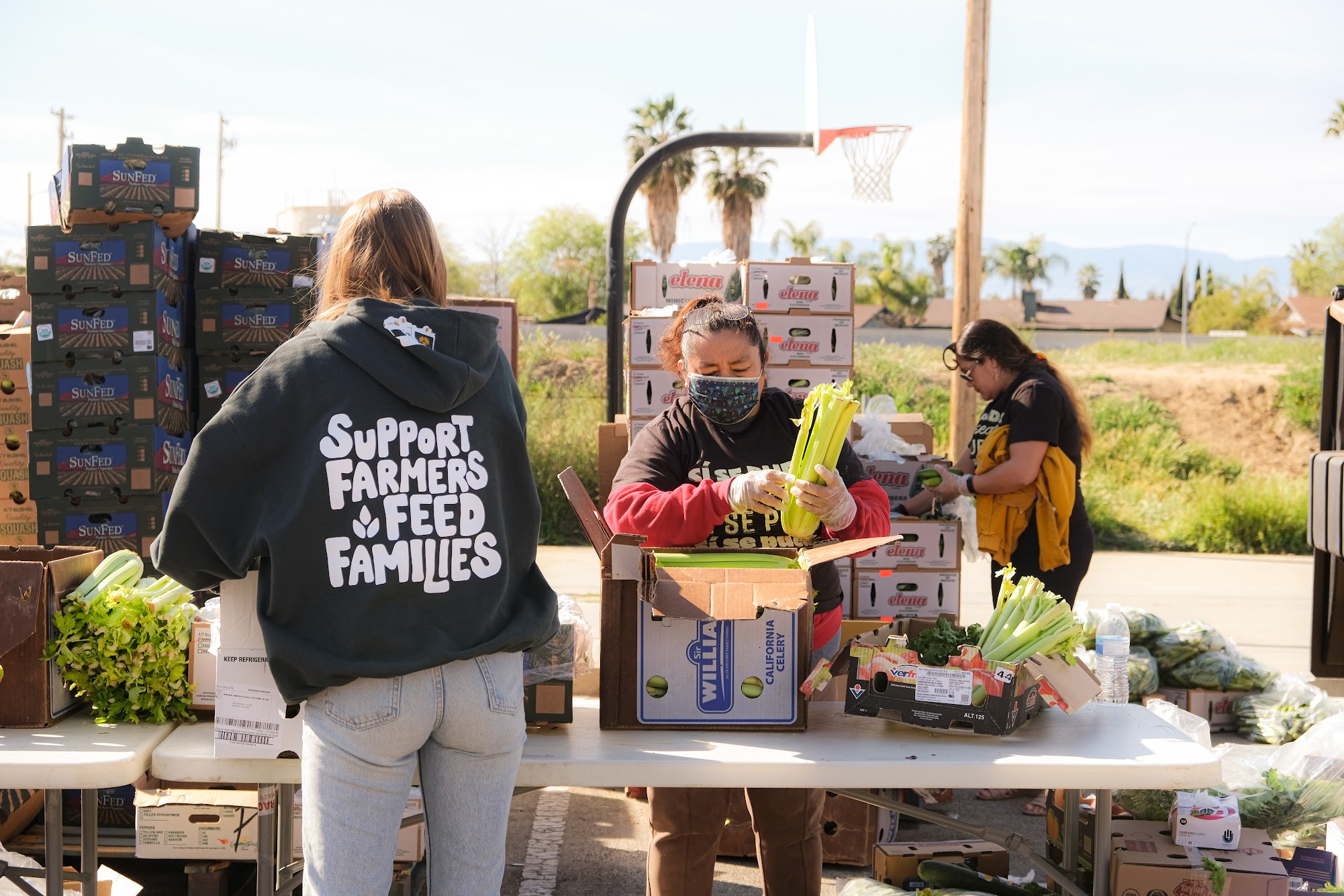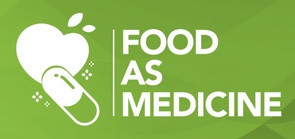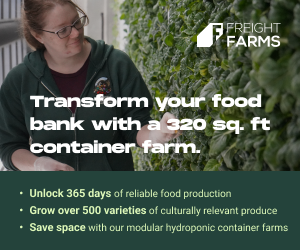Last fall, The Farmlink Project pulled off its largest food recovery by a factor of ten when it rescued 13.5 million pounds of apples from about a dozen farms in West Virginia that otherwise would have gone to waste.
The recovery, considered by many to be the largest in U.S. history, added to the nonprofit’s growing understanding of how successful food rescues work. The secret sauce, corroborated through discussions Farmlink has had with many of its partners, is intentional cooperation – and lots of it.

Farmlink and its hunger-relief partners believe so strongly in the power of collaboration to bolster food rescue that they have created a pledge that highlights the importance of working together. Thirty-three hunger relief organizations have signed it so far, and Farmlink hopes to have dozens more signed on soon, and eventually thousands.
“It communicates the values and principles that drive our work at Farmlink and that we’ve seen embodied by so many of our peers throughout this industry,” said Ben Collier, Co-Founder and CEO of Farmlink.
Collier helped start Farmlink four years ago by rallying college students to respond to the produce pile-ups caused by the pandemic. Now, the nonprofit operates nationwide, coordinating the heavy-duty logistics of moving massive amounts of farm-recovered food to charitable organizations that can distribute it. Last year it recovered 109 million pounds of food.
Farmlink’s Shared Plate Pledge asks food suppliers and rescuers to adopt a mindset of abundance when it comes to food rescue. Excess food, often viewed as “waste” that’s costly to deal with, also represents opportunities that can benefit both food donors and recipients, Farmlink points out.
The pledge promotes “innovation” in food rescue, which often comes down to being open and adaptable to new ideas. These ideas can be simple, like three food pantries coming together to take a truckload of food that each would not have the capacity to accept individually. “We always say that we want to collaborate by all means necessary,” said Luis Yepiz, Chief Procurement Officer.
The pledge encourages farmers to maintain relationships they might already have with charitable recipients, but also to think expansively about how they might broaden their relationships. If a farmer has more produce than its usual recipient organization can handle, for example, there should be a healthy attitude toward sharing the excess with other organizations, Farmlink says.
“If I’m a farmer and I have five truckloads of Brussels sprouts with nowhere to go, and the food bank can only take one truckload, I still have the same problem,” Collier pointed out. With a more collaborative approach, the food system could fully resolve the problem for the farmer, while also recovering five times more food.
The pledge posits that the food system is stronger when it works together. Farmlink sees itself as an “in-betweener” with the goal of building bridges between the for-profit food system and the hunger relief system, as well as within the hunger relief network.
To find homes for those millions of apples it rescued in the fall, Farmlink and its network had to build connections to about 120 food banks in 20 states, underscoring the importance of working together. “What we’re really advocating for is a level of commitment to collaboration,” Collier said. – C.C.
Like what you’re reading?
Support Food Bank News










